Sundial
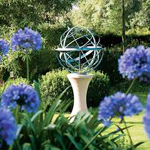
It is not surprising that every landownerThe plot is trying to make the landscape design unique, bright and memorable. And some watch not only for beauty, but also for fashion and style. To date, there are many stylish solutions that will make your garden original, unlike others. For example, a unique element of gardening and decorative art are sundial.
This ancient astronomical device has a rich, interesting history, and today it performs its work with the same accuracy, as it did many centuries ago.
A wide-spread sundial was received in the territory of the Foggy Albion. Installed on a pedestal or mounted on a wall of a house, they were characteristic feature of the English garden. About 400 years ago they met in England muchmore often than the usual for us street clock, and it was for them to learn the time. As far as it was accurate, history is silent, moreover, it was impossible to determine the time for the sun on cloudy days.
Today, the absence of a shining sun alsoremained a problem for such a device, and if we add to this the transition to summer time, the situation becomes even more complicated. And, nevertheless, the sundial does not lose its popularity, originality and some mystery - they wonderfully combine science, art, creativity and the centuries-old tradition of mankind.
A sundial can not just be bought and installed anywhere.
They need to be calculated for specific geographical coordinates.
Only in this case they will show the correct time.
For example, a clock designed for Kiev can notbe installed in Lviv, and vice versa. And if we are talking about the vertical clock on the wall of the manor, then the calculations are even more difficult, since it is necessary to determine also the angle of rotation of the wall relative to the sides of the world.
Many believe that the sundial only shows time. In fact, this astronomical device can show any events that are associated with the rotation of our planet around its axis and its circulation around the sun. Every day the sun's orbit bends, and the clock can fix it.
With this function, you can register calendar dates.
All sundials are a passive devicewhich operates without any mechanisms, drives, electricity and does not have any moving parts in its device.
By themselves the watch consists of three parts: the sun itself, the gnomon (arrow or object,which casts a shadow), as well as the dial on which this shadow falls. Lines on the dial are calculated individually for each clock and depend on the orientation of the dial relative to the world's pole, the mathematical horizon and the celestial equator.
The dial itself can be drawn or arrangedfrom various pointing elements where you want, for example, on a platform in front of the house, on a lawn, in a flower bed, on a satellite dish or on a house wall. Time on a sundial is determined by the shadow boundary of the gnomon diagonal (arrows).
For the garden is best suited horizontal sundial. Although, many more types of sun clocks are known,as well as ways to produce them. Often, in mathematics lessons, children are asked to make a homework assignment to make a simplified version of a sundial, but for a garden they will be a little too small.
Garden sundial can be made of mosaic, metal, stone and decorated with painting, forging, engraving or carving - the decoration is made to your taste.
Horizontal clock is most often installed on a small pedestal, not more than 1 meter. This helps to create local focal points in the garden and visually close them to the overall composition of the garden.
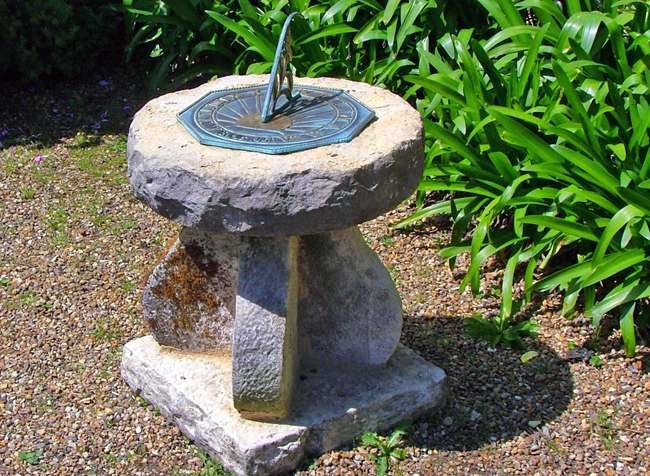
Read more:

Watch "Believe in our" from NIKI - an exclusive accessory for real fans!
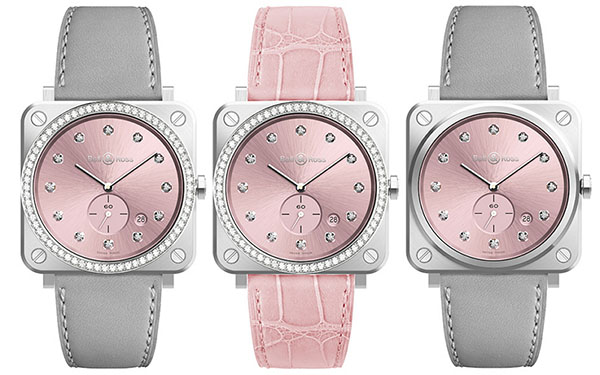
Time in the pink light: Novarosa watches from Bell & Ross
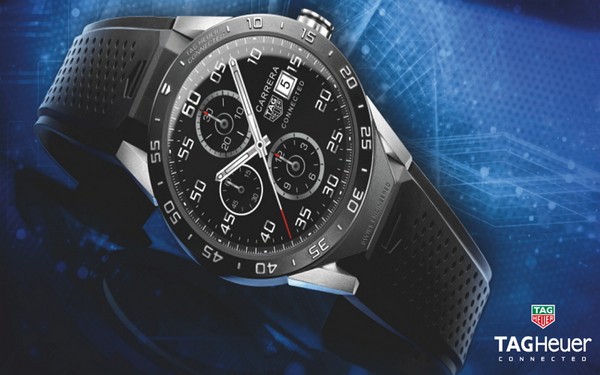
In the spirit of the times: a smart clock Connected by TAG Heuer

Gift to first-graders: children's smart watches Huawei Honor Xiao K

Whether the clock is translated to winter time in 2016. When the clock is moved to the winter time 2016 in Russia, Ukraine
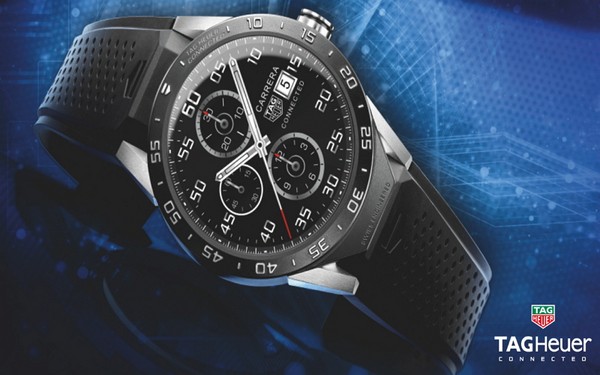
In the spirit of the times: a smart clock Connected by TAG Heuer

Watch "Believe in our" from NIKI - an exclusive accessory for real fans!

Gift to first-graders: children's smart watches Huawei Honor Xiao K
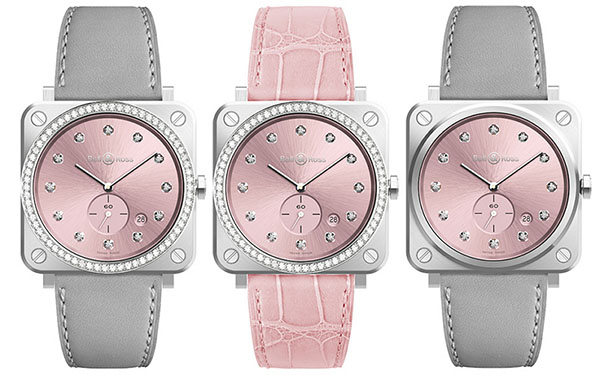
Time in the pink light: Novarosa watches from Bell & Ross
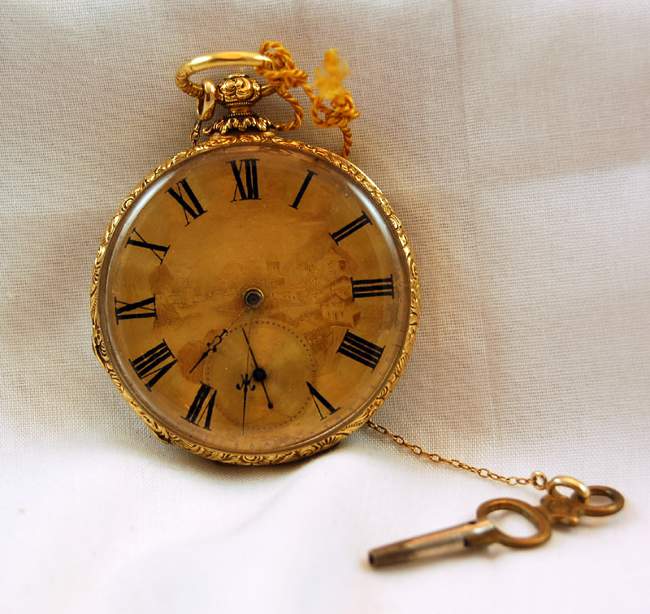
How to choose a clock?
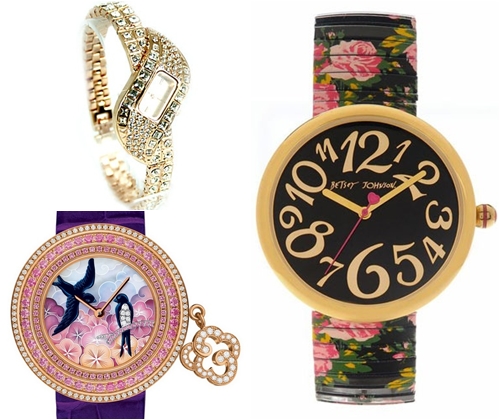
The most fashionable women's watch in 2013, photo
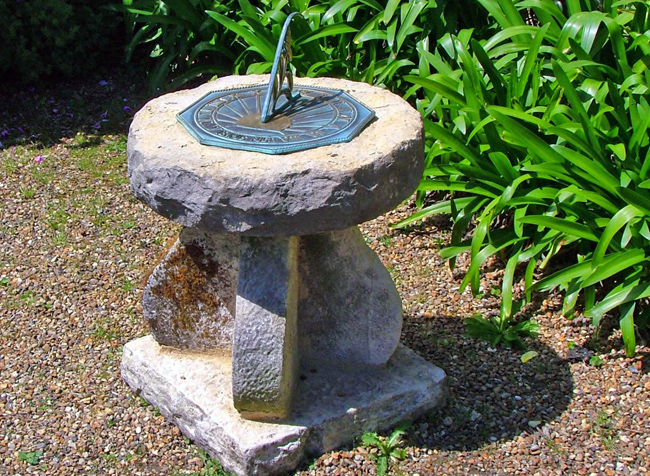
Sundial

What is "landscape design" and why is it needed?
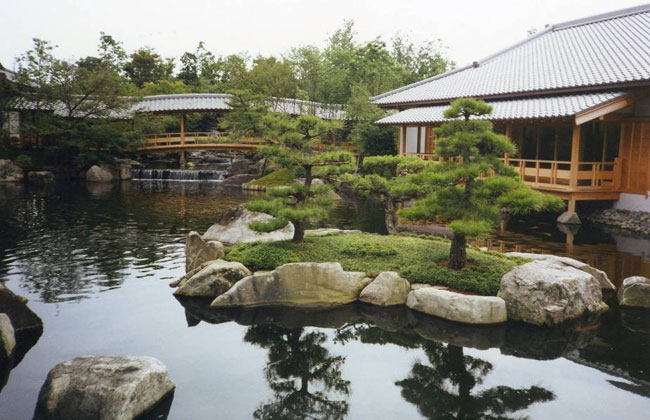
What is "landscape design" and why is it needed?